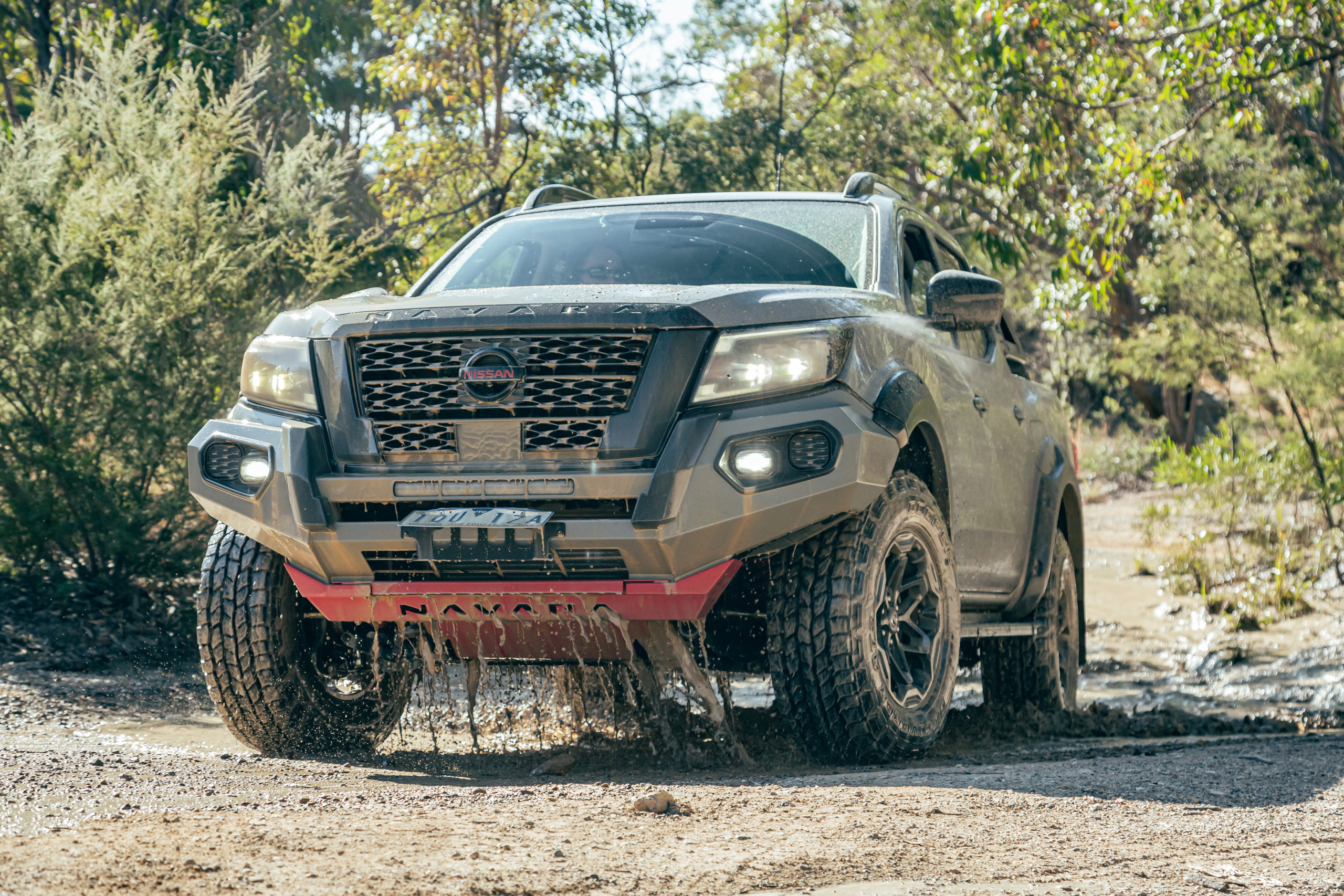
What is it?
The modern interpretation of an ‘Australian muscle car’ – at least in some respects. While the Navara PRO-4X is an internationally designed and built model for the Japanese brand, the Warrior is Australian-made.
It’s the work of Premcar, the same engineering firm that can trace its roots back through Ford Performance Vehicles and the Tickford models before that. These days it’s a world-class engineering and design firm that has partnered with Nissan Australia to create something to meet the unique demands of the local market.
READ MORE: 2022 Nissan Navara PRO-4X review
The runaway success of the Ford Ranger Raptor has seen most of the brand’s rivals fight back with a more premium or rugged version of their own. In Nissan’s case that’s the Warrior, which takes the range-topping Navara PRO-4X and makes it even tougher.
There are changes to the suspension for more capability off-road, as well as the unmissable bright-red bash plate and underbody protection, a new bullbar with integrated lighting as well as wider wheel arches to accommodate the wider track plus the new alloy wheels with Cooper all-terrain tyres.
The engine remains unchanged however, so it’s not accurate to call this a true Ranger Raptor rival. Instead it finds itself up against the still formidable Ranger Wildtrak, Toyota HiLux Rugged X and Mazda BT-50 Thunder.
Does it have any racing pedigree?
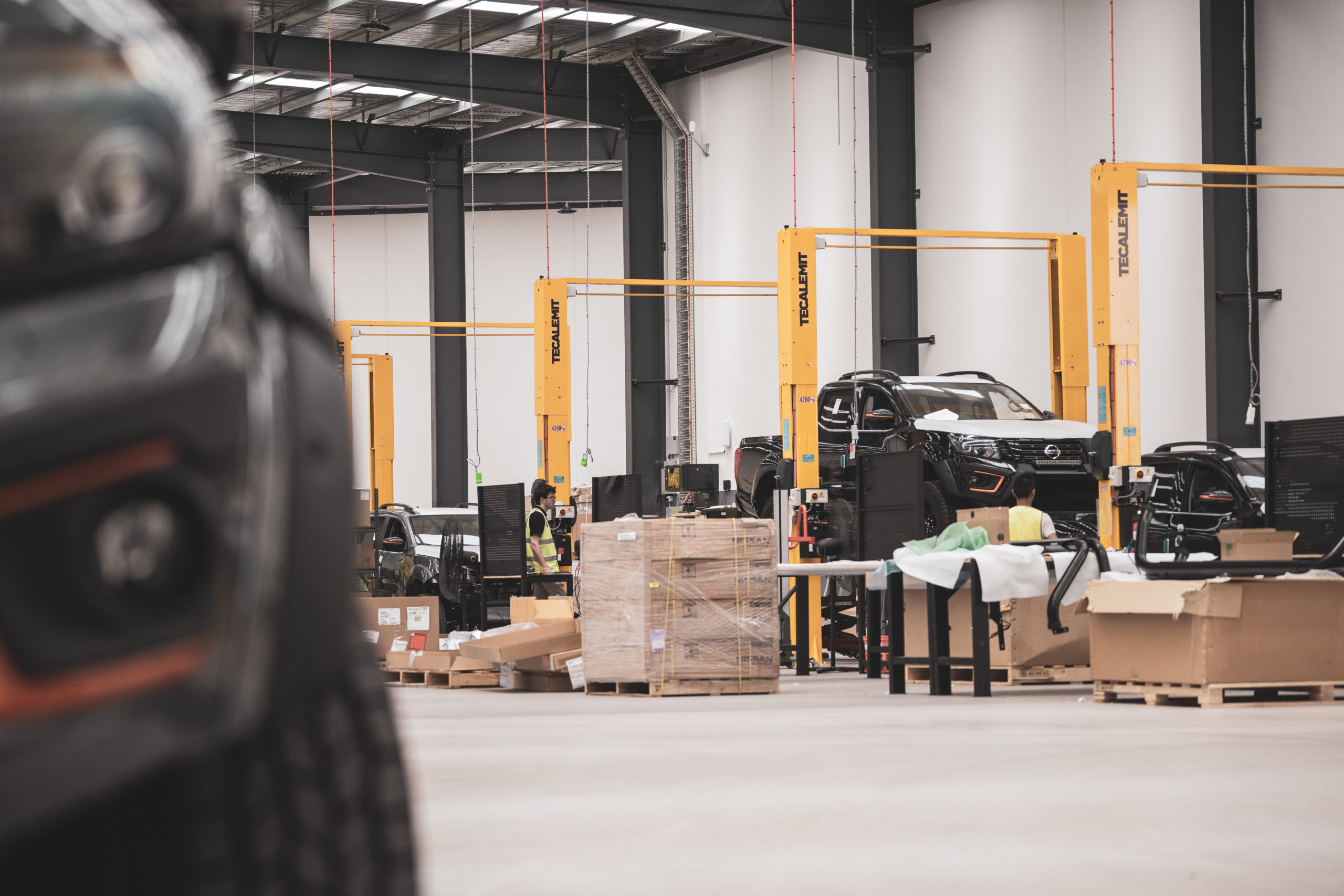
Nissan is obviously steeped in racing history and the PRO-4X nameplate comes from the brand’s US off-road racing heritage; the real story about the Warrior is Premcar’s involvement.
The team at Premcar is the same core group that was responsible for the Tickford and FPV models that were the blue oval’s attempts to take on Holden and its Holden Special Vehicles operation.
During this time the team now known as Premcar were responsible for memorable models including the FT3 TS50, FPV GT and even developed the 4.0-litre six-cylinder turbocharged engine for the XR6 Turbo and FPV F6 Typhoon.
After Ford Australia shut down FPV, Premcar decided to give the Falcon one final send-off, creating the so-called ‘Holy Grail’ package that was the closest thing to a spiritual successor to the GT-HO Falcons of the 1970s.
What’s under the bonnet?
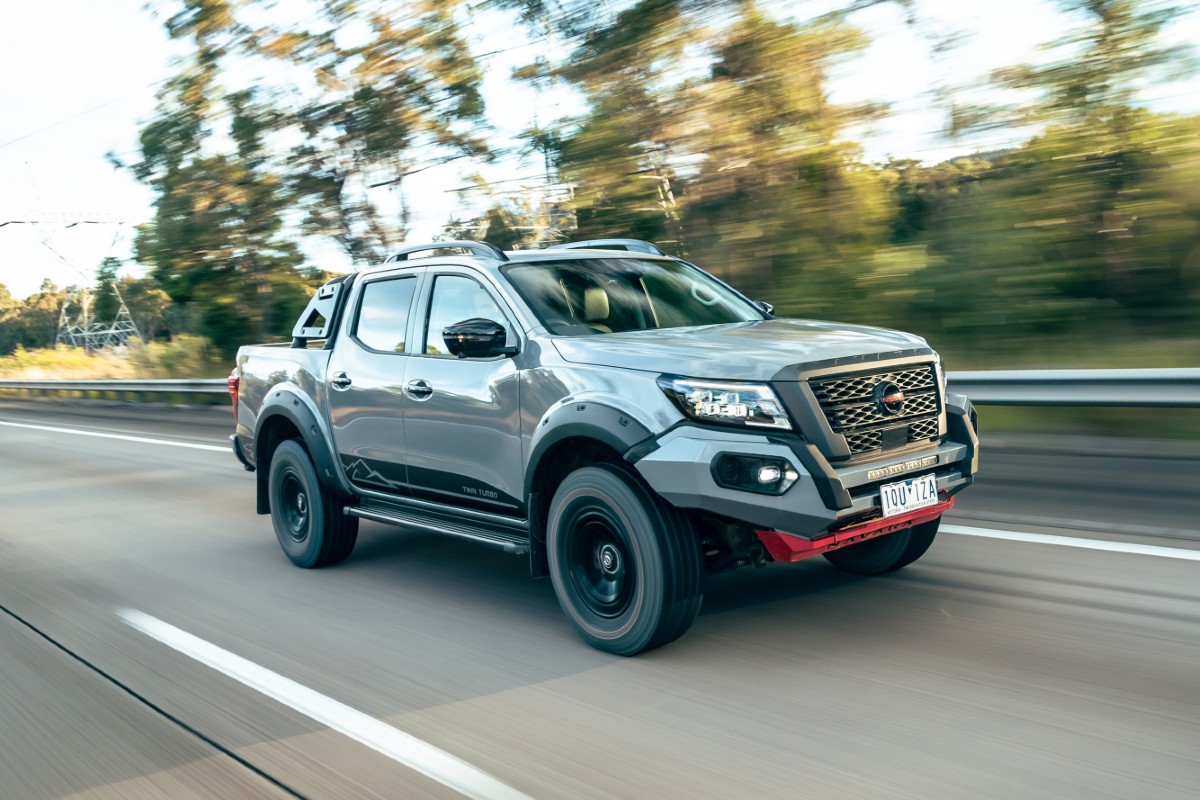
Premcar hasn’t touched the engine, so it’s still the same 2.3-litre twin-turbo four-cylinder diesel found in the standard PRO-4X and available with either a six-speed manual or seven-speed automatic transmission.
That means it’s good for 140kW of power and 450Nm of torque, which is adequate performance but does mean the Warrior lacks the impressive punch offered by the Volkswagen Amarok V6 or either the new Ford V6 turbo diesel or even its 2.0-litre four-cylinder twin-turbo diesel.
However, it does offer its best performance low in the rev range, so it feels punchy at the bottom end and pulls along nicely around town. Crucially, it has the muscle it needs to pull you out of challenging off-road spots.
Towing capacity also remains unchanged from the PRO-4X, which means it can haul 3500kg if you need to. Premcar actually had to modify the towbar in order to fit a full-size spare underneath the tray, which is an impressive level of attention-to-detail for what is ultimately a limited-run, local edition.
How does it handle?
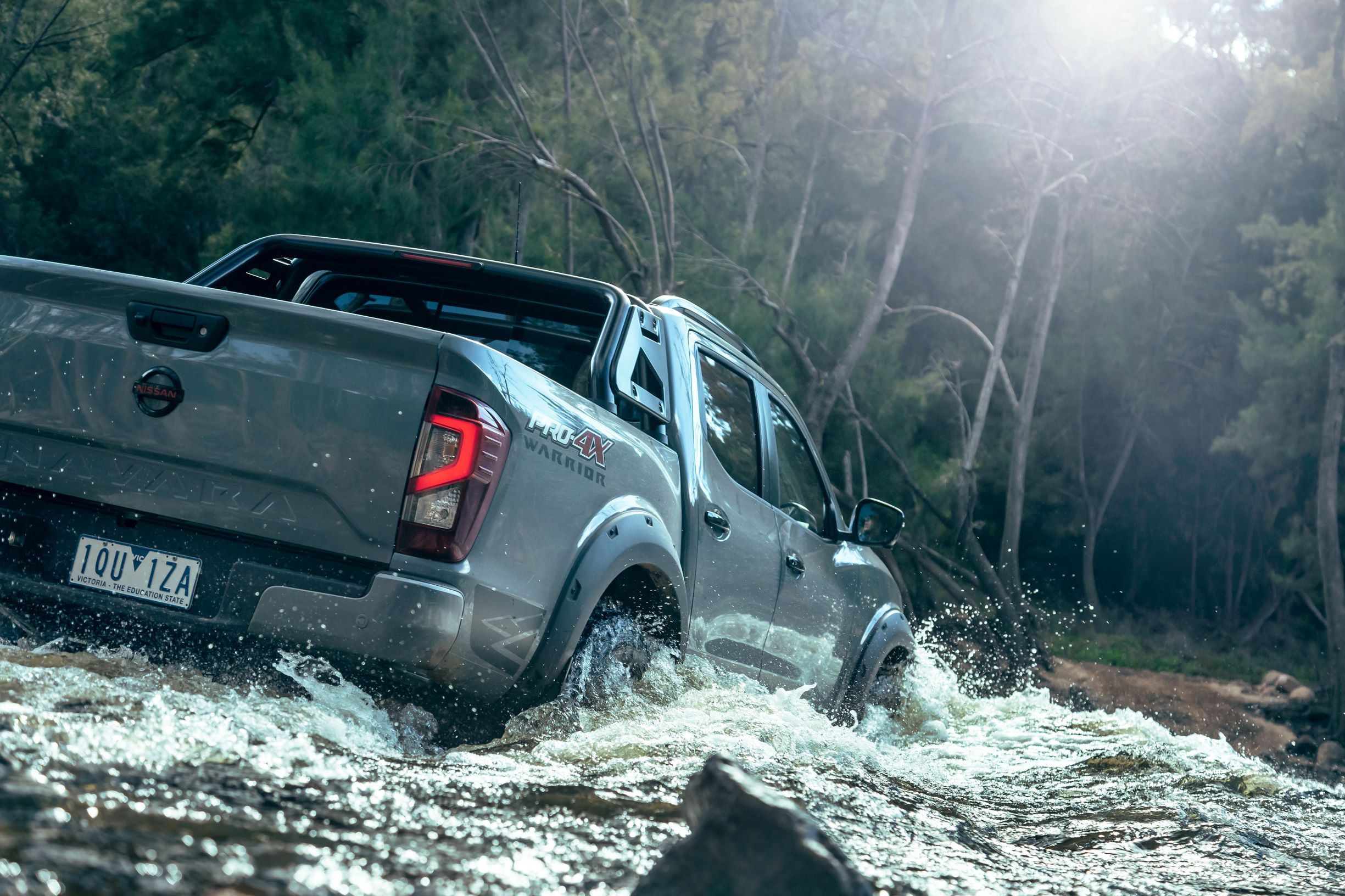
While the styling changes are obvious, Premcar’s biggest changes are arguably unseen because the suspension has been completely overhauled. The goal was to both improve off-road capabilities while also making it nicer to drive on paved roads.
To that end, Premcar changed both the springs and dampers, providing better body control while still allowing for off-road articulation.
We didn’t test the Warrior off-road this time, but certainly the on-road handling is a noticeable step forward from the rest of the Navara range. It feels more stable and less jittery, even without a load in the tray.
Where would you most like to drive it?
Hopefully next time we get behind the wheel of the Warrior we’ll pit it against some gnarly off-roading challenges. That’s because while it was pleasing to drive on-road, it does give the impression it would be extremely capable getting dirty in the mud and rocks.
Having said that, it’s likely a lot of Warrior customers will just stick to the city and suburbs because these ‘tough utes’ have become modern status vehicles.
What’s the interior like?
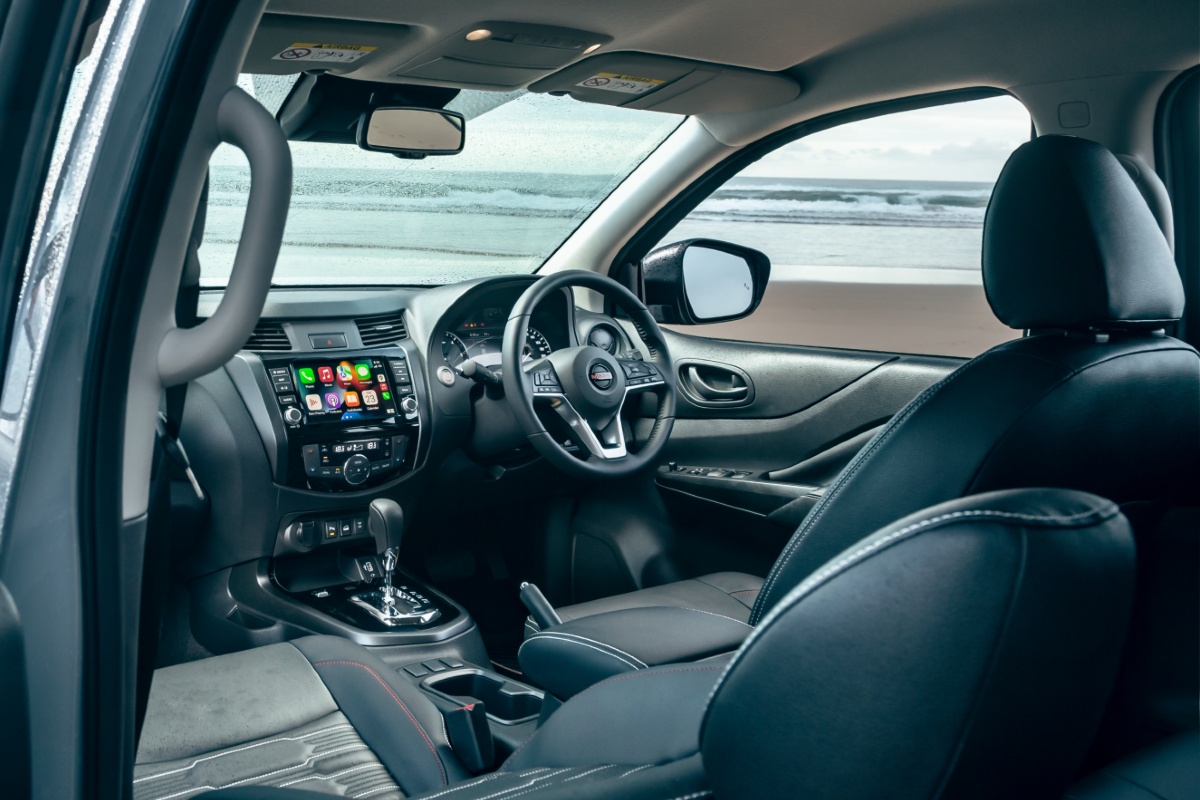
This is perhaps the area where the Navara (which is now eight-years-old in this generation) needed the most help, but has had the least.
There are new headrests for the seats with ‘Warrior’ branding but the rest of the cabin is largely unchanged from the PRO-4X. The 8.0-inch touchscreen now looks very dated, especially when compared to the new Ranger, and the lack of reach adjustment for the steering makes it feel cheap – which it isn’t.
How much does the Nissan Navara Warrior cost?
The Warrior is priced from $68,090 (plus on-road costs), which is a $9360 premium over the PRO-4X. That’s a lot of money for what may seem like some cosmetic and chassis upgrades to some, but the reality is that’s a good deal when you give it more thought.
This is a comprehensive chassis upgrade from one of Australia’s leading engineering firms, plus the unique look and extra off-road protection make it a relative bargain.
Would I buy one?
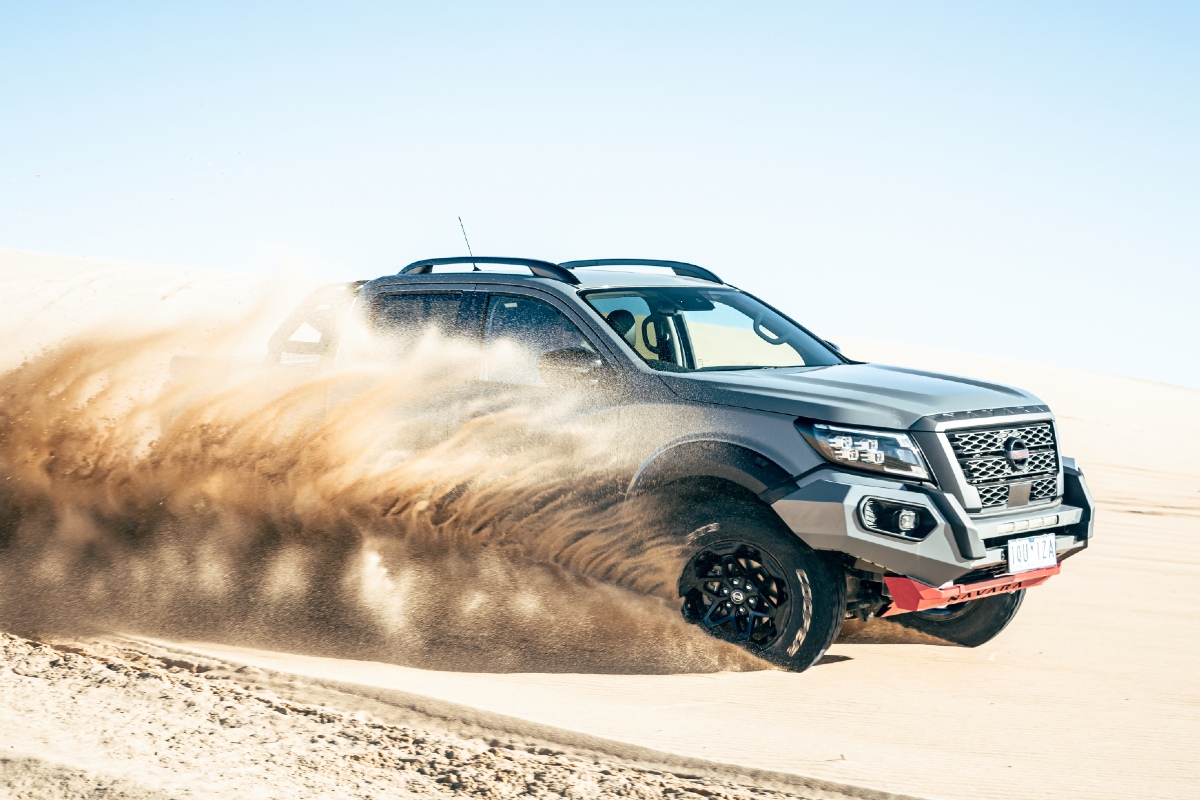
The Navara PRO-4X Warrior is an impressive ute with some great Australian engineering work underneath it. It certainly makes the D23-generation ageing Navara more appealing.
However, the challenge for Nissan (and most other ute rivals) is the arrival of the all-new Ranger which has raised the bar for what buyers should expect.
2022 Nissan Navara PRO-4X Warrior price and specifications
| Price: | From $68,090 plus on-road costs |
| Engine: | 2.3-litre four-cylinder twin-turbo diesel |
| Power: | 140kW at 3750rpm |
| Torque: | 500Nm at 1500-2500rpm |
| Transmission: | 6-spd man or 7-spd auto, four-wheel drive |
| Fuel use: | 8.1L/100km |
| Wheels: | 17-inch alloys |
| Tyres: | 275/70 R17 |
| Length: | 5350mm |
| Width: | 1920mm |
| Height: | 1895mm |
| Weight: | 2289kg |
| 0-100km/h: | No claim |



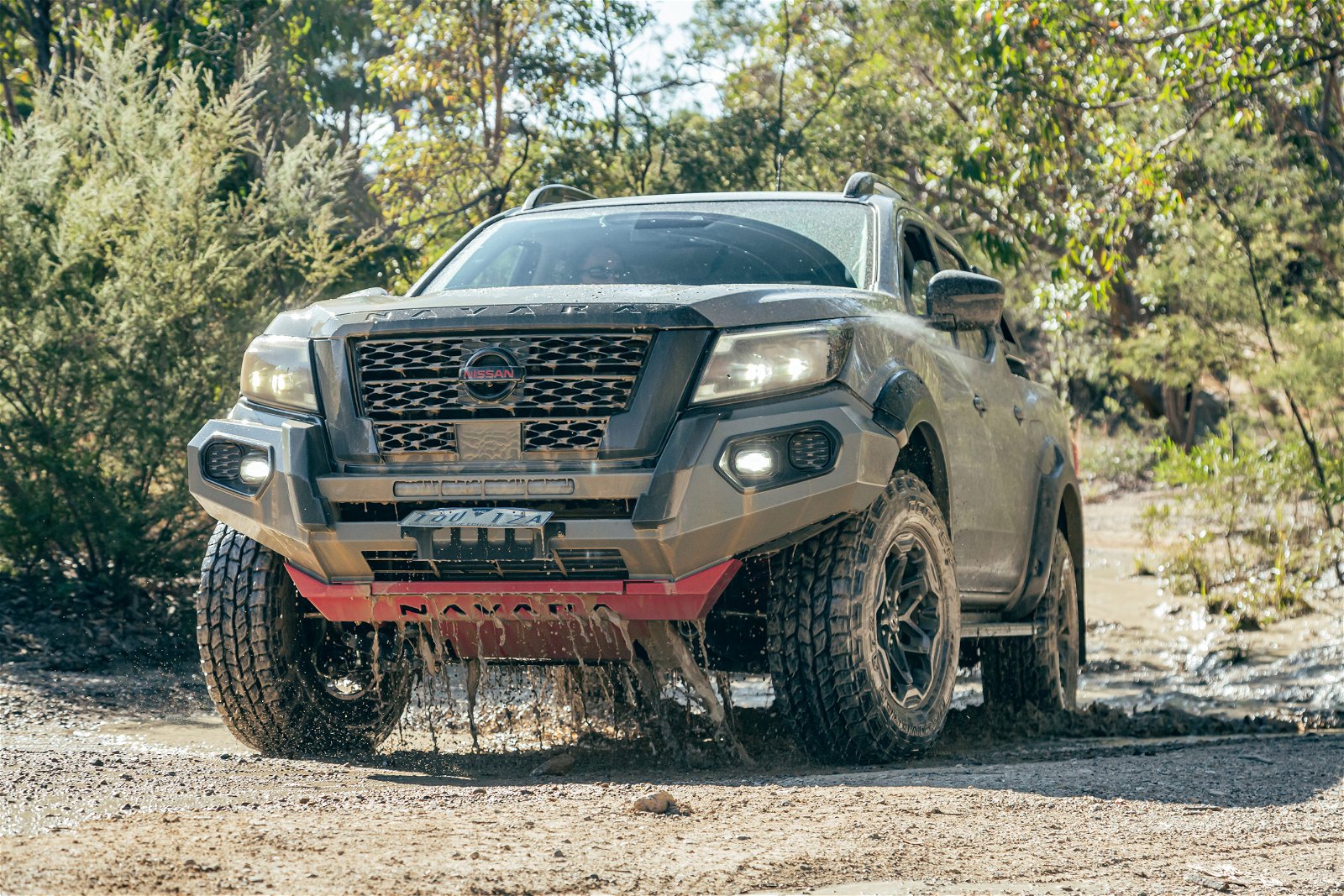








Discussion about this post